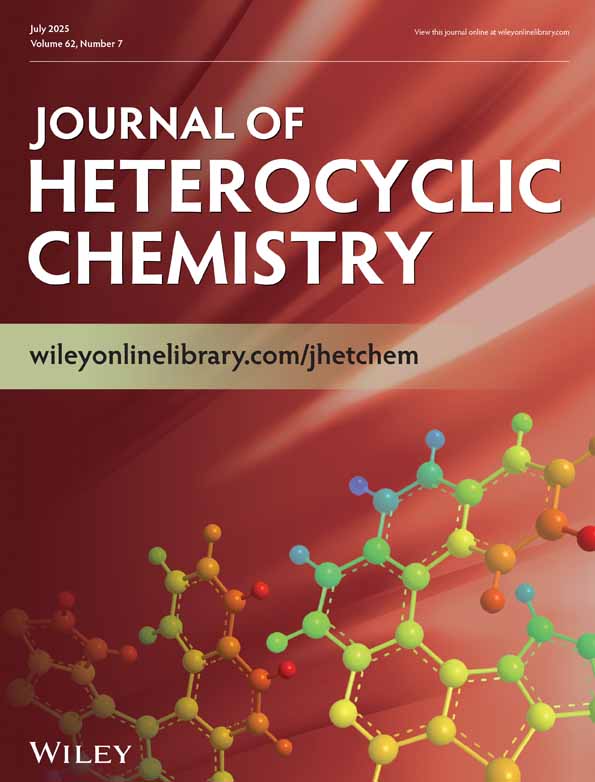Benzofuran derivatives. Part 3† On the reactivities of the intermediates in benzofuran synthesis
Part 2, T. Suzuki, Bull. Chem. Soc. Japan, 58, 2821 (1985).
Abstract
3-Methyl-5-nitrobenzofuran (2) and 3-methyl-5-nitrobenzofuran-2-carboxylic acid (3) were obtained by heating 2-acetyl-4-nitrophenoxyacetic acid (1) with various bases in acetic anhydride. It appeared that 3-hydroxy-3-methyl-5-nitro-2,3-dihydrobenzofuran-2-carboxylic acid (4) was the intermediate in the benzofuran synthesis. The properties of 4 were examined under various conditions. Using strong bases such as triethyl-amine in place of sodium acetate, 3-methyl-5-nitrobenzofuran-2-carboxylic acid (3) was obtained exclusively. However, in the presence of acetic acid in the reaction mixture 3-methyl-5-nitrobenzofuran (2) was obtained in good yield. The reaction pathways for the formation of 2 and 3 are discussed.




